Ontario runner shatters Bruce Trail FKT
Ten months after John Pockler set a new record on the 890 km route, Kip Arlidge of Sundridge, Ont. has lowered it again, by 14 hours
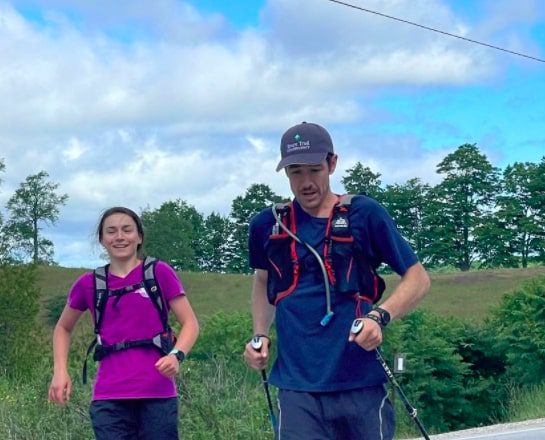 Photo by:
Megan Arlidge
Photo by:
Megan Arlidge
Kip Arlidge, 28, of Sundridge, Ont. has taken an astonishing 14 hours off John Harrison Pockler’s Bruce Trail FKT (fastest known time), set just last September at nine days, 17 hours. Arlidge completed the 890-km trail on June 27, running from Tobermory (on the tip of the Bruce Peninsula) to Queenston in the Niagara region, in nine days, three hours and 27 minutes.
RELATED: John Harrison Pockler sets new Bruce Trail FKT
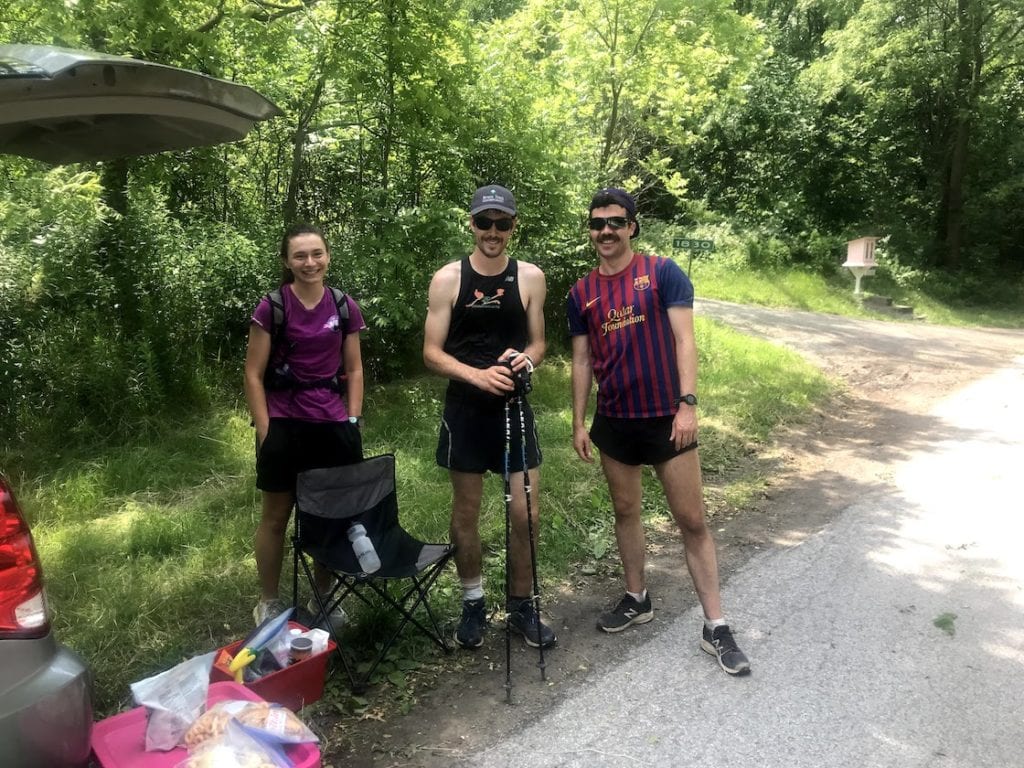
Arlidge has raced ultras in Ontario such as the 2018 Limberlost Challenge (56 km distance) and the 2019 Haliburton Forest Trail Race (100 miler), both of which he won, but this was his first major multi-day project. Initially his goal was to go sub-9, but he soon realized that wasn’t realistic, based on how much ground he needed to cover and how much abuse his legs could take. “I learned a lot and made a ton of mistakes,” Arlidge told us in a phone interview. “I think sub-9 is possible, and I looking forward to supporting whoever is crazy enough to give this another try.” He adds that he’d like to actively help anyone who wants to take a crack at running the trail. “I received a lot of help from the ultrarunning community and am looking forward to helping someone else set a new record.”
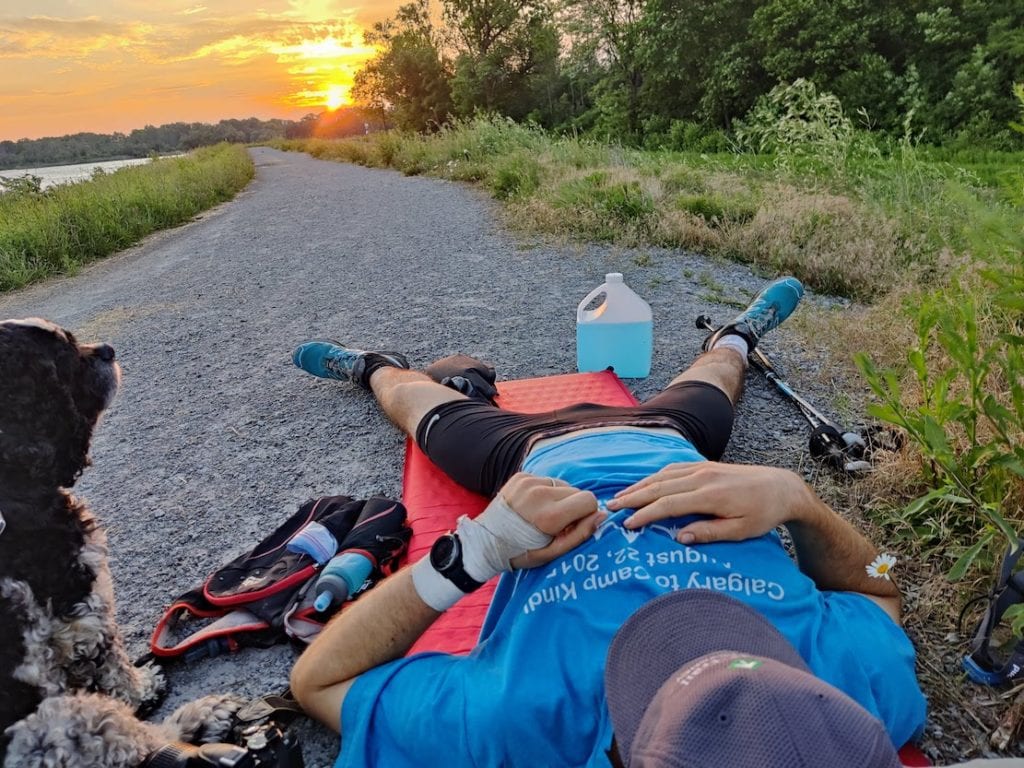
He says his pacing was quite different from Pockler’s, who started strong, then developed some knee issues and backed off the pace for a few days, then pushed hard through the final three days. “Mine was more of a gradual decline,” says Arlidge. “At one point, around day 5, I had a close to a 24-hour lead, but then I faded a bit.”
He says the only time he panicked was near the end, with only 60 km left. “I had hoped to push the last 100 miles without sleep, but I started cutting sleep one day too early. I tried to kick for the last two or three days, but my body just didn’t have it. With about 60 km to go, I took an extra 90-minute sleep, woke up and was completely seized and could barely get up. For about half an hour I was working as hard as I could to just walk at all. That came and went, and I loosened up a bit, so I maybe lost an hour or two over the last day.”
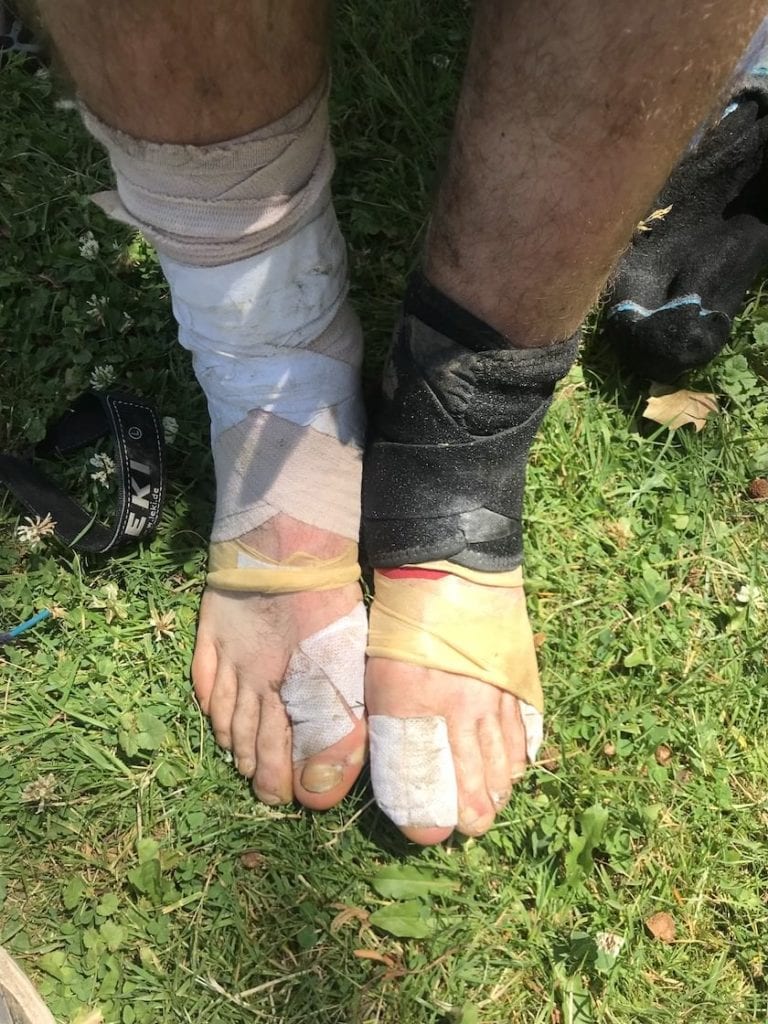
Arlidge commented on the generosity of the other runners he met along the way, in particular Steve Kenny of Owen Sound, Ont., who was trying for the FKT himself, at the same time, running from south to north. They crossed paths on Kenny’s sixth day and Arlidge’s third. “We got a lot of support from his crew, who were equally willing to help me out,” says Arlidge. “We were both waiting for COVID restrictions to lift, and it was really cool that we bumped into each other.” Kenny had fallen off the pace by the time he ran into Arlidge, but he did finish the route, in 12 days and change.
RELATED: It takes a village: how to crew an ultra
Arlidge explains that the northern parts of the trail on the Bruce Peninsula are technical, hilly and rocky, which is why most people want to do them at the beginning, when their legs are fresh. “It’s also the most scenic, in my opinion, so I wanted to cover it at the beginning, when I was well rested and could appreciate it more,” he adds.
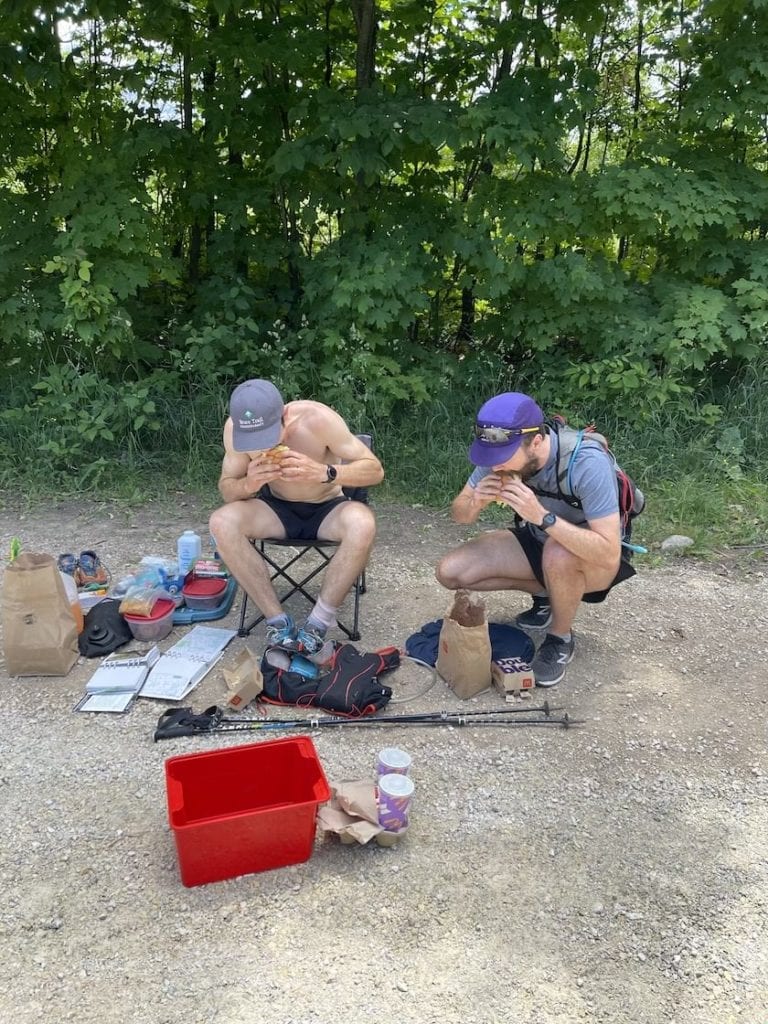
The distance is equivalent to about 21 marathons. To do it that quickly means covering around two and a half marathons every day, for nine days in a row – sometimes running, but mostly hiking, and sleeping only a few hours at a time, or less, depending on the clock.
Arlidge says he didn’t train much differently than he would for a 50-miler or a 100-miler. “I just tried to put in lots of volume,” he says. “I would have liked to do more long, slow work, but it wasn’t time-efficient.” He did, however, taper more than he usually would, backing off close to a month before the start of the run, because he was dealing with some glute strain issues and wanted to go into the project injury-free. “The whole thing was about getting through it without blowing up,” he says, “so I got more rest and did more preventative exercises than I would before than a typical race.”
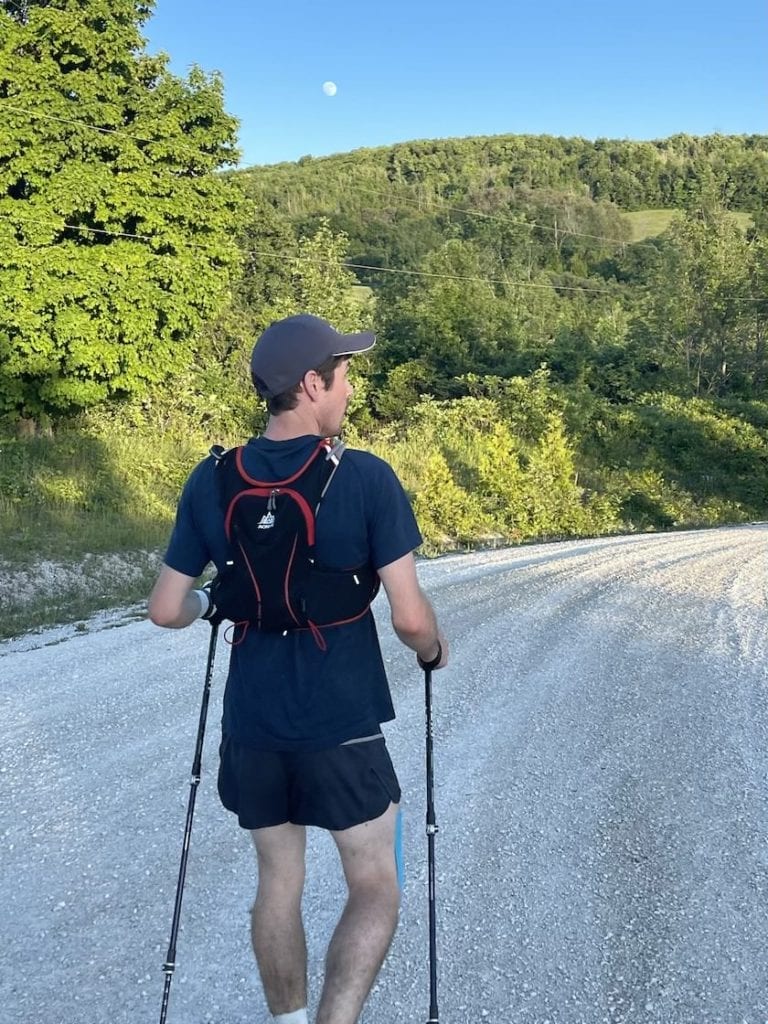
The Bruce Trail is Canada’s oldest long distance hiking trail, dating back to the early 1960s. The route mostly follows the edge of the Niagara Escarpment from Queenston to Tobermory and features a variety of terrain, from rocky, hilly singletrack to gentle paths through forest and farm fields, as well as some gravel and paved roads. While some sections are owned by the Bruce Trail Conservancy or by local conservation authorities, much of the route is on private property and depends on the goodwill of the landowners.
Arlidge emphasized that his success was entirely dependent on his support crew, and on how good they were to him – in particular, Eric MacPherson and Maddy McDonald, one of whom was running or hiking with him throughout most of the route.
For more on the Bruce Trail FKT, go to fastestknowntime.com.


